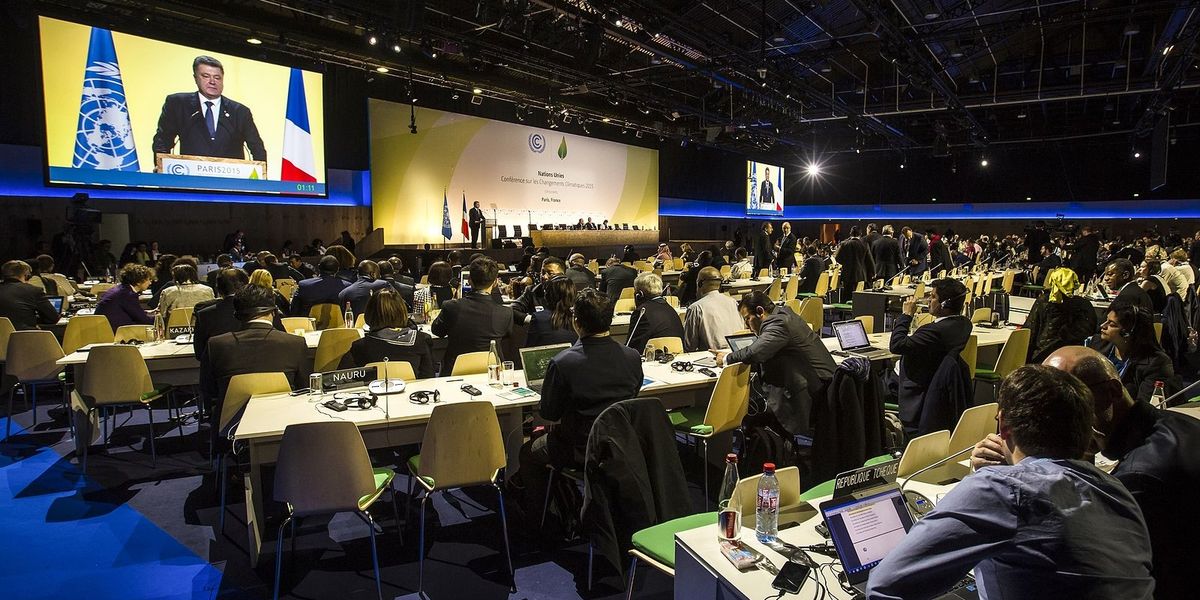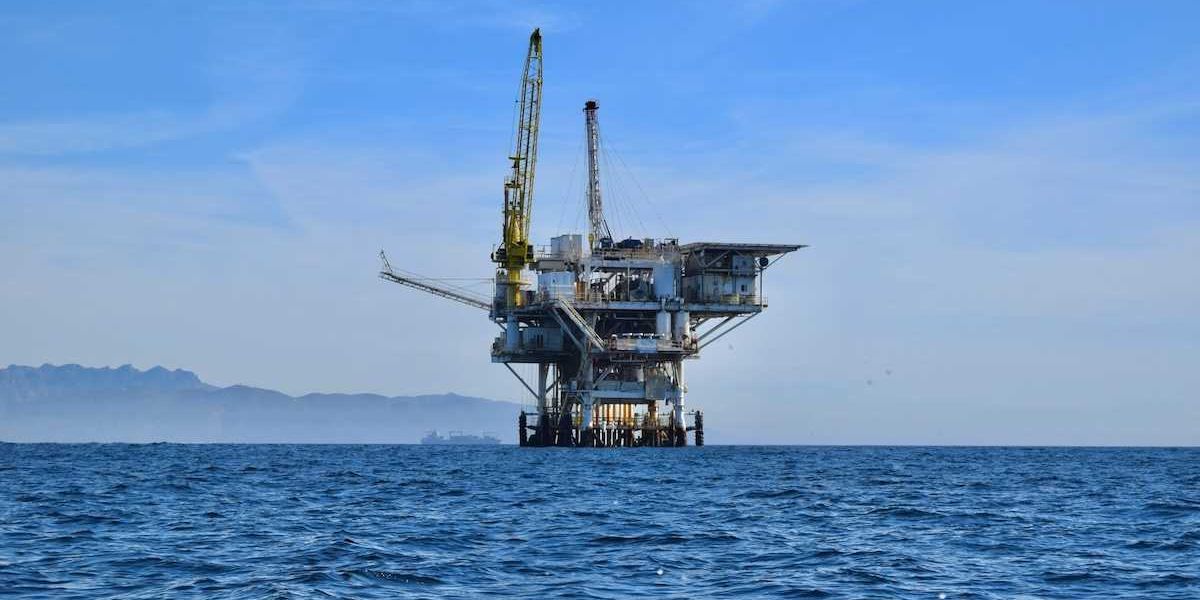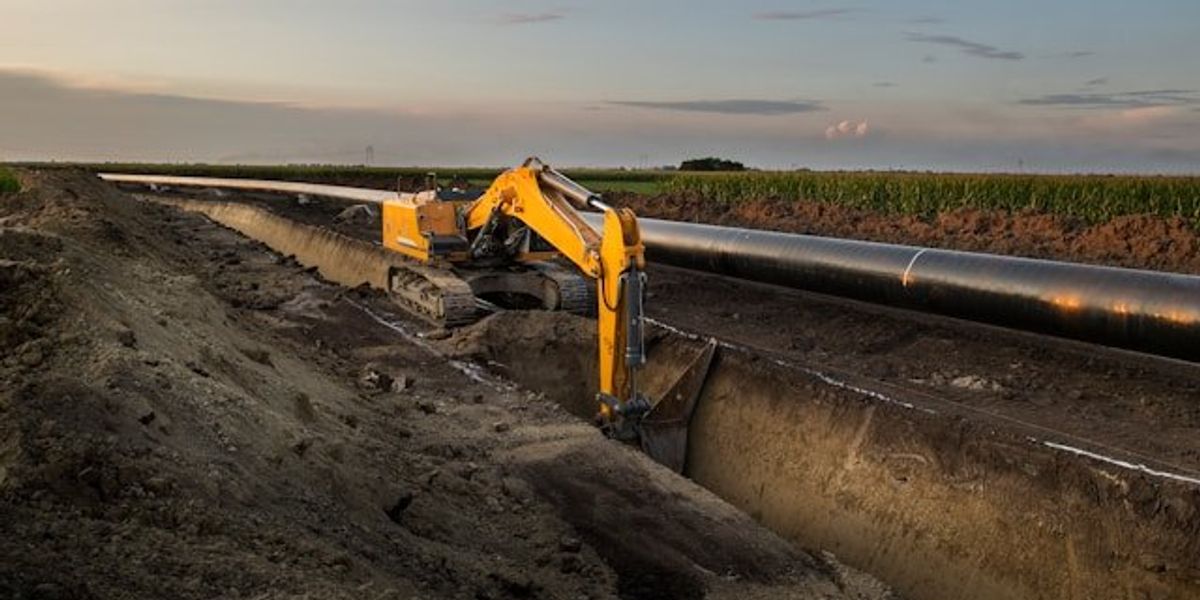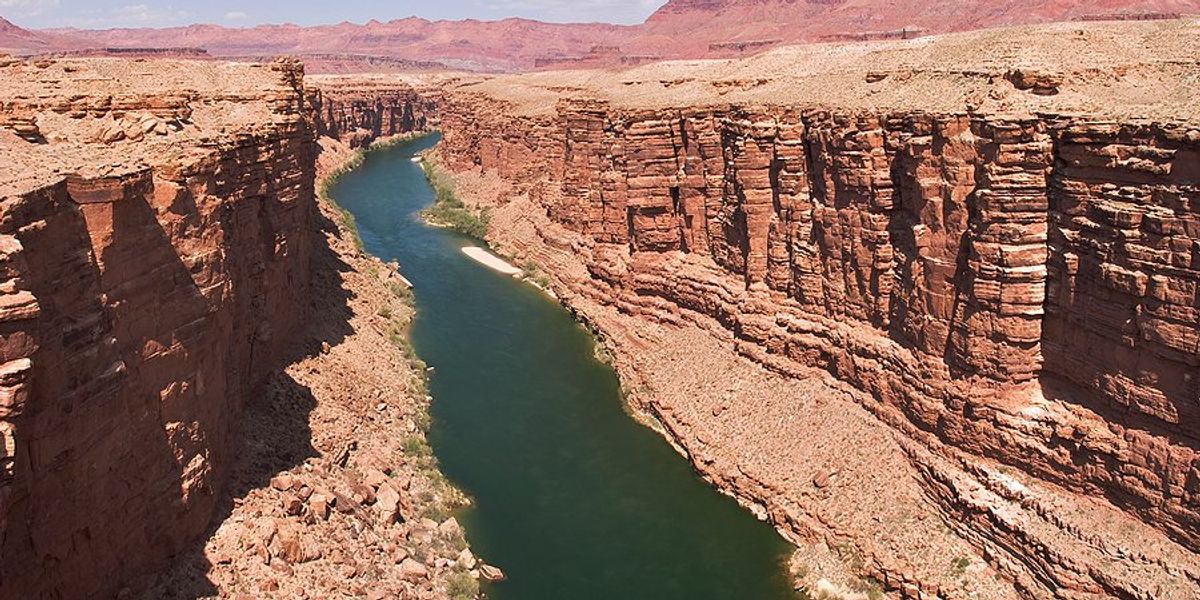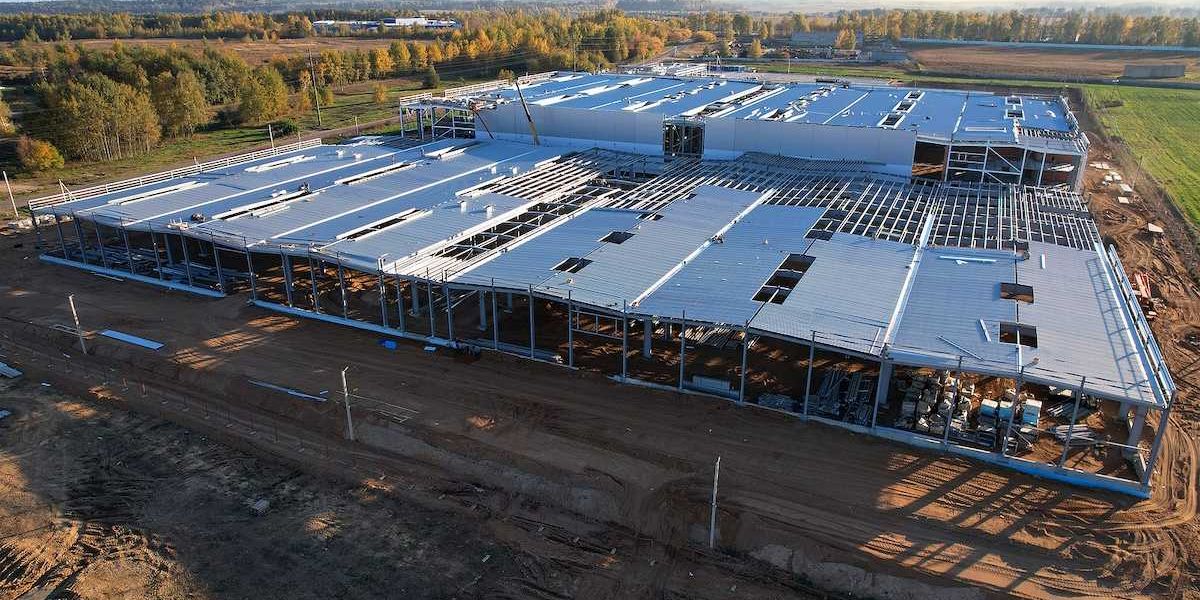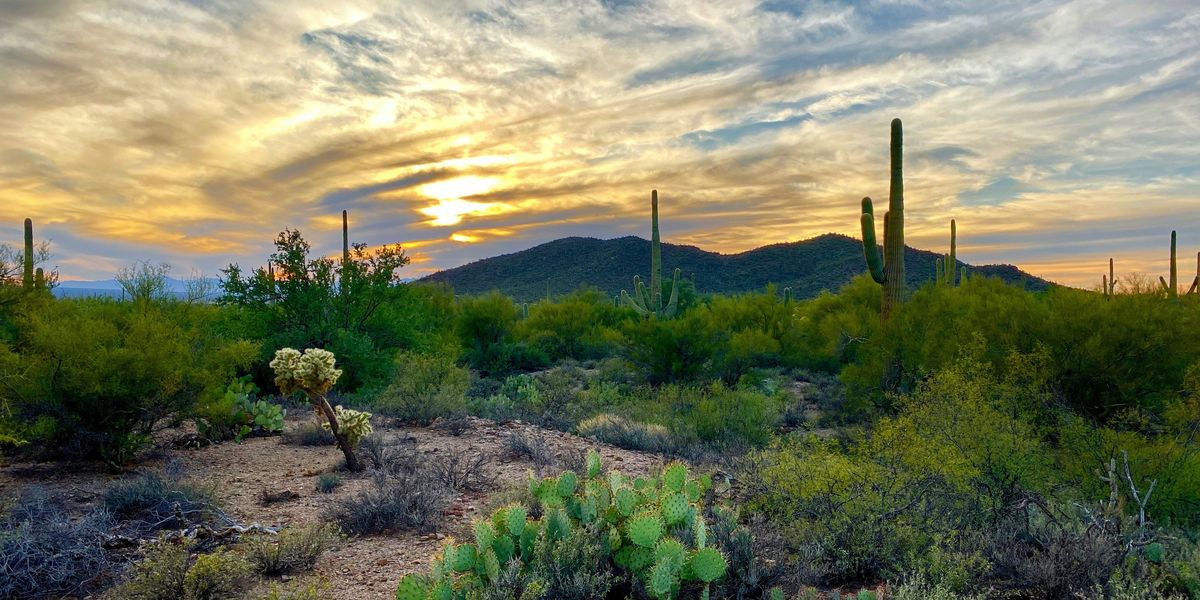
Arizona critical minerals project stirs fears of dry wells and polluted drinking water
A proposed South32 zinc-manganese mine fast-tracked by federal regulators is already linked to shrinking aquifers and metal spikes in private wells in southern Arizona.
Wyatt Myskow reports for Inside Climate News.
In short:
- Homeowners inside the mine’s projected 70-square-mile “cone of depression” received contracts offering water mitigation only if they waive future claims against the company.
- Independent sampling shows lead, iron, sulfate, and manganese climbing in wells after the company began discharging treated water into Harshaw Creek, yet rural Arizona still has virtually no limits on groundwater pumping.
- The U.S. Forest Service’s draft environmental impact statement warns the project could hinder recharge of the protected Santa Cruz aquifer and undercut Patagonia, Arizona's ecotourism economy and biodiversity.
Key quote:
“These critical minerals are not more valuable than the water for the community that lives here and the wildlife in this global biodiversity hotspot.”
— Carolyn Shafer, Patagonia Area Resource Alliance
Why this matters:
Across the drought-hammered Southwest, groundwater keeps ranches, wildlife corridors, and entire towns alive, yet most rural basins remain an open tap: Anyone with a drill rig can pump as much as technology and budgets allow, no metering required. When large industrial users arrive — whether copper, lithium or, in this case, a “critical minerals” mine — drawdowns can spread for miles, collapsing fragile desert sediments and pulling contaminants such as lead out of ancient streambeds into domestic wells. Permitting shortcuts aimed at shoring up U.S. battery supply chains may accelerate that scramble, forcing small communities to gamble on corporate promises of water deliveries while property values and public health safeguards hang in the balance.
Learn more: Mining concerns put Arizona community’s water future at risk

